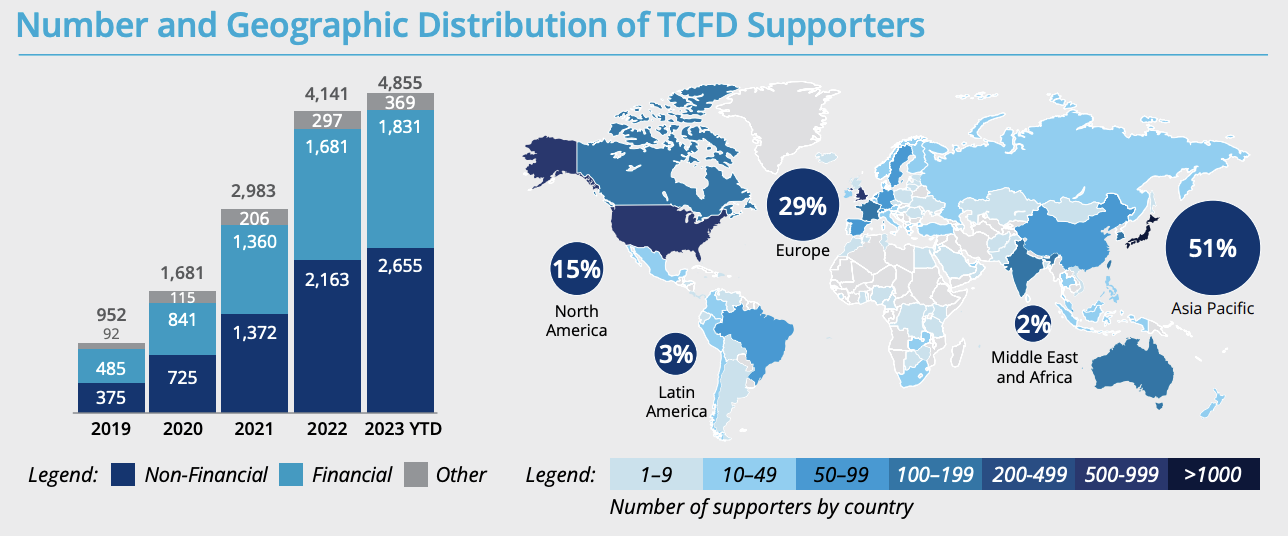A New Dawn
Climate Tech’s Resilience in a Changing Landscape

In The Ministry for the Future, sci-fi writer Kim Stanley Robinson imagines the fight against climate change as a multifaceted endeavour, where significant overhauls in the global economic and financial systems play a crucial role. Central to the novel’s vision are interventions such as carbon-backed currencies and carbon quantitative easing – concepts that, while speculative, highlight the promising synergy between finance, technology and climate action.
In our world today, a myriad of startups are working towards making net-zero a reality by bringing about scalable innovative solutions. While the evolving U.S. political landscape has sparked fears of a slowdown in climate efforts, many remain hopeful for continued progress. For one thing, pragmatism will likely prevent a complete rollback of climate initiatives. For another, the transition toward sustainability has emerged as a secular trend, given that the risks and costs from a changing climate are increasingly palpable, making climate action not just a moral imperative but an economic one.
As long-term investors, we focus on opportunities anchored in structural changes that outlast fleeting economic or political fluctuations. In the context of climate-related investments, that means we do not back companies that rely on subsidies to have any unit economics, nor do we invest in climate solutions for the sake of climate alone. Our investments are grounded in tangible, customer-focused outcomes, not just climate-oriented goals.
Take Maiven Energy, a Colorado-based energy advisory services provider that uses artificial intelligence. By offering homeowners and renters energy assessments as well as optimization plans that factor in existing energy solutions and incentives, it helps users identify practical avenues to lower energy costs and streamline home upgrade processes while cutting carbon emissions along the way.
Earthshot Labs, a California-based carbon project developer and financier, likewise, combines climate action with customer-centric benefits that extend beyond sustainability. Using cutting-edge technology and science-based solutions, it provides the necessary intelligence to guide complex nature restoration projects vis-à-vis the carbon footprint of individual companies. A big part of its value proposition centers on delivering significant cost-savings to multinationals that are counting on insetting programs to meet environmental compliance needs – a rising trend fueled by the growing adoption of frameworks such as the Task Force on Climate-related Financial Disclosures (TCFD) and the Taskforce on Nature-related Financial Disclosures (TNFD) across nations.
Sources: Houlihan Lokey, PitchBook, CBInsights, company filings, company websites, press releases

Historically, climate tech has not been a strong fit for venture capital investors due to its intensive early-stage capital requirements and extended timelines to reach positive cash flow. However, advancements in technology are now creating more asset-light investment opportunities in the field. Generative algorithms, for instance, have the potential to identify new processes and materials – such as synthetic fuels, carbon-capturing microbes, or biodegradable plastics – that can improve energy solutions. The combination of artificial intelligence and cloud-based platforms also allow businesses to test breakthrough technologies at scale, thereby creating high-impact climate solutions with minimal physical infrastructure.
In the foreseeable future, the maturation of the carbon trading market will create fertile ground for fintech, deep tech, and climate tech to join forces. With COP29 laying the groundwork for more standardized rules governing international carbon trading, the global carbon market is projected to scale to $250 billion annually by 2030, potentially offsetting an additional 5 billion metric tons of carbon emissions each year, according to the International Emissions Trading Association.
Achieving this aspiration is far from simple. While high-integrity carbon credits will be key, a whole host of infrastructure will need to be in place to ensure such a market to operate efficiently and effectively. Key components include advanced carbon accounting tools for tracking emissions, registries for providing transparent information on the lifecycle of each carbon credit, interoperability solutions for cross-market integration, secure platforms for real-time trading, clearing and settlement, as well as instruments for managing risk and maintaining market liquidity.
To us, this represents nothing less than a treasure trove of opportunities. As carbon pricing mechanism effectively places a cost on carbon emissions, low-carbon and carbon-neutral technologies will naturally become more economically appealing, giving businesses the incentive to adopt, pursue or invest in climate tech innovations. Climate tech startups can also find new streams of revenue by securitizing the environmental benefits of their carbon dioxide removal technologies, which can be verified and traded as carbon credits in the market.

As we grapple with the urgent need to decarbonize our economies, the convergence of climate tech, fintech, and deep tech offers a transformative pathway to accelerate this transition. Climate tech builds sustainable systems; fintech mobilizes funding; and deep tech serves as the backbone for breakthroughs that were once considered out of reach. Together, they form a powerful triad for a resilient, low-carbon future.


